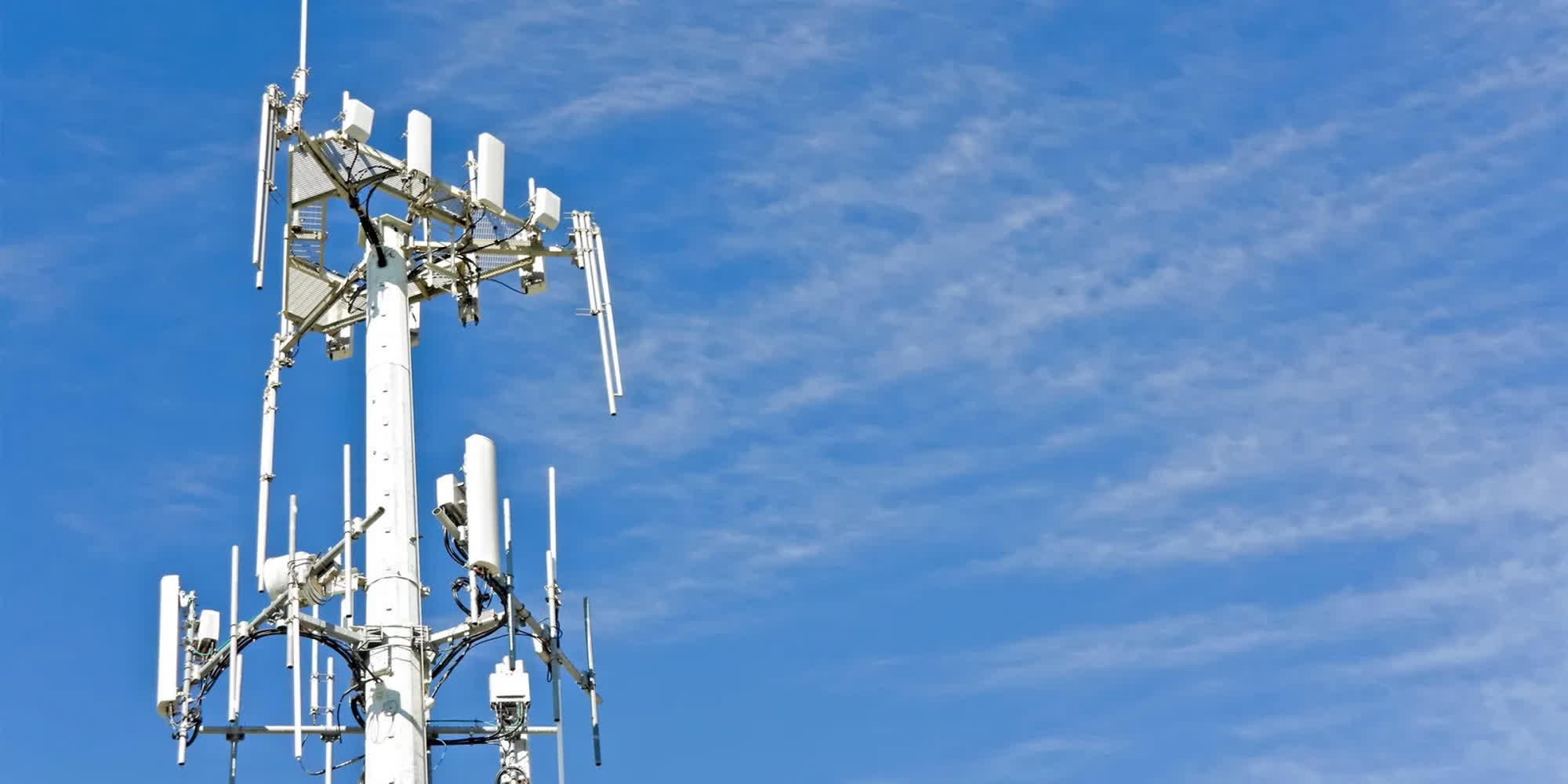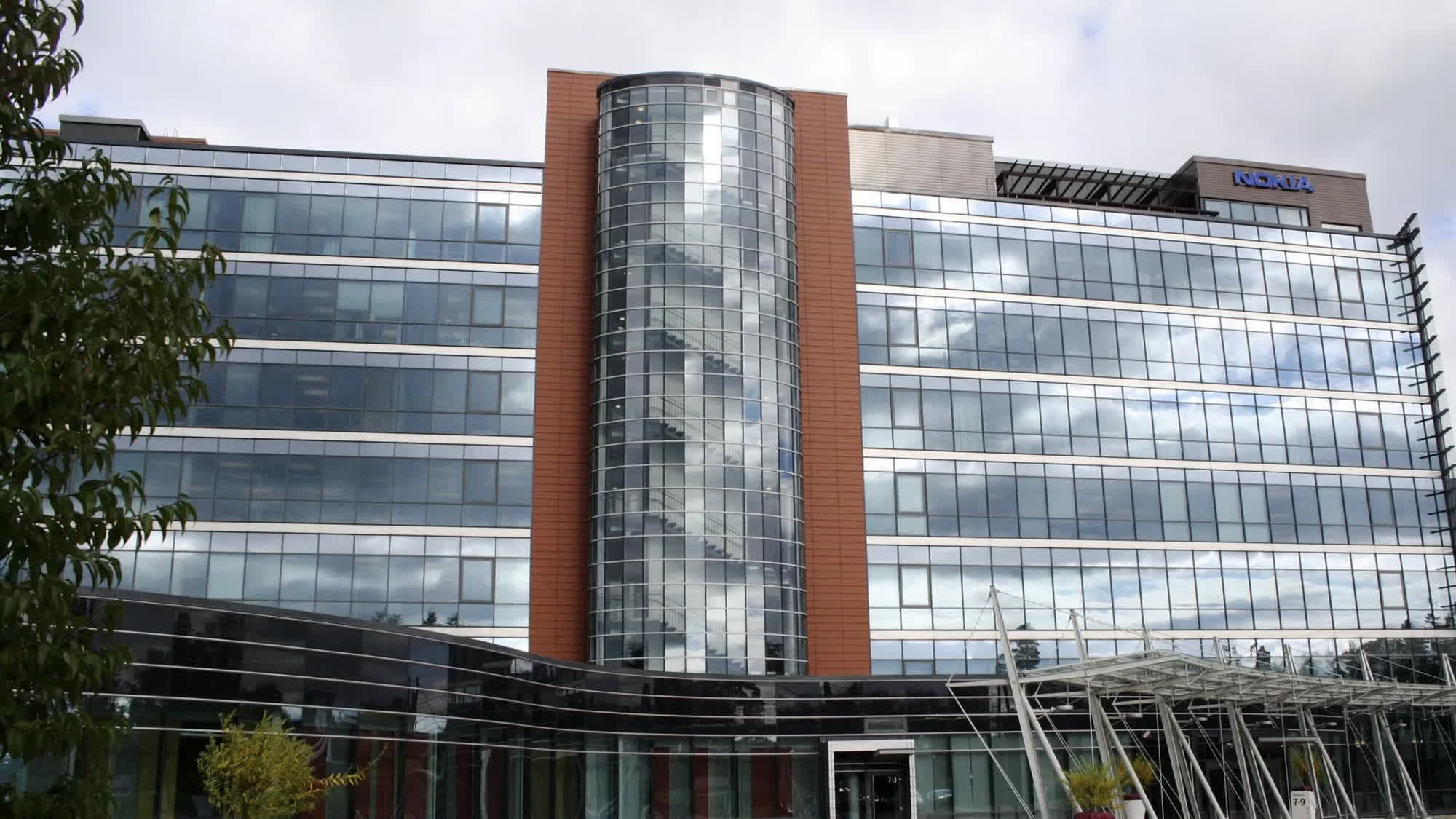Why it matters: Nokia is introducing new products and features designed to improve energy efficiency, storage, and consumption in the mobile market. Cell towers can be turned into energy sources with a new software, providing monetary and environmental advantages for a carrier's business.

Nokia's latest proposal for mobile operators is the Virtual Power Plant (VPP) Controller Software, a "near-real-time" platform designed to exploit battery systems installed in cell towers making money out of them. Nokia said it has "successfully" completed several trial tests of VPP, and the company is now ready to sell the new solution to mobile carriers that own cell towers.
Base station backup batteries are usually idle as power cuts aren't that frequent anymore, Nokia says. Thanks to VPP, cell tower operators can create a new purpose for those mostly idling batteries. The software can "seamlessly" switch the cell tower's power source from the grid to backup batteries, thus lowering energy costs in electricity spot markets during peak demand periods.
VPP can also turn batteries into energy sources for the grid, providing electricity for the market. Cell towers can become part of an electricity grid's reserve power, Nokia says, helping with reducing power cuts and CO2 footprint. VPP Controller Software checks if batteries can be safely used to return energy to the grid by estimating the "extra" capacity available, which is of course done by using machine learning algorithms to create "smart offerings" based on actual power consumption.

The VPP platform, which seemingly comprises both a local software component and near real-time remote "processing servers," can also manage the auction bidding process in the power reserve market. This also includes the Fast Frequency Reserve market, Nokia states, where sub-second reaction times are required to properly monetize the cell tower batteries.
Nokia President of Mobile Networks Tommi Uitto said that VPP is an innovation that will help the company's customers (I.e., mobile infrastructure operators) monetize the energy stored in backup batteries while reducing carbon emissions at the same time. The Finnish corporation wants to "maximize" energy efficiency, combining hardware and software features to reduce consumption and network costs.
Besides VPP's new software platform, Nokia is also introducing new "product enhancements" designed to pursue the aforementioned energy efficiency maximization. Nokia's radio hardware can now provide an "extreme deep sleep" cell-switch-off mode, which can reduce energy consumption by up to 97 percent in low-traffic situations. A complete switch-off mode with zero energy consumption is available as well, while the new MantaRay Energy solution can optimize energy-saving features in RAN equipment with AI algorithms.
https://www.techspot.com/news/102001-nokia-virtual-power-plant-aims-turn-cell-tower.html